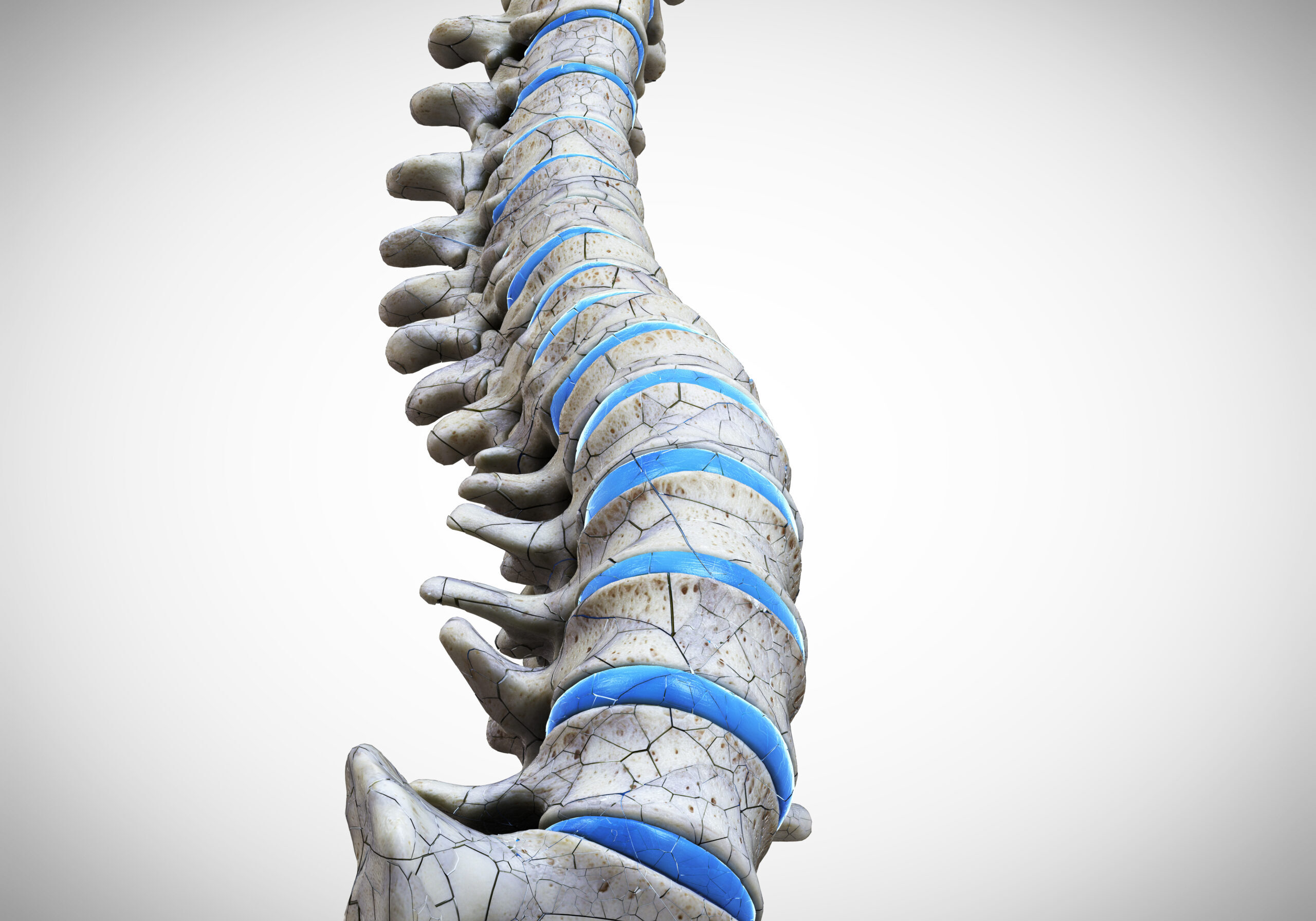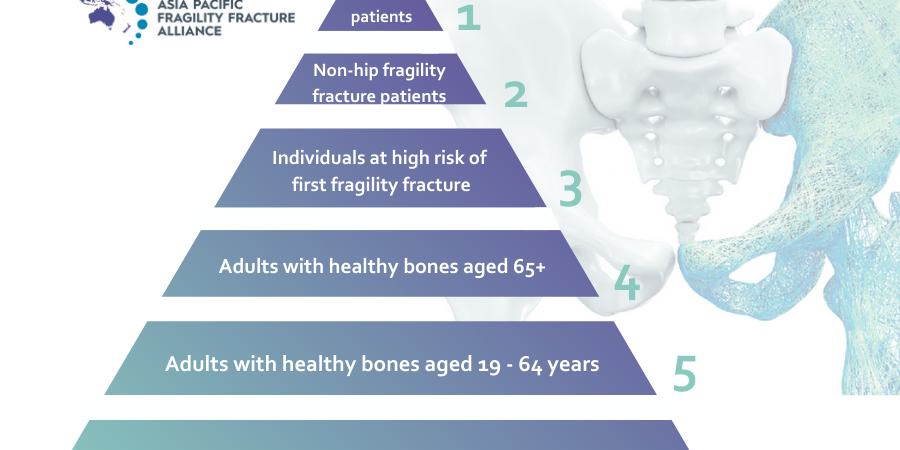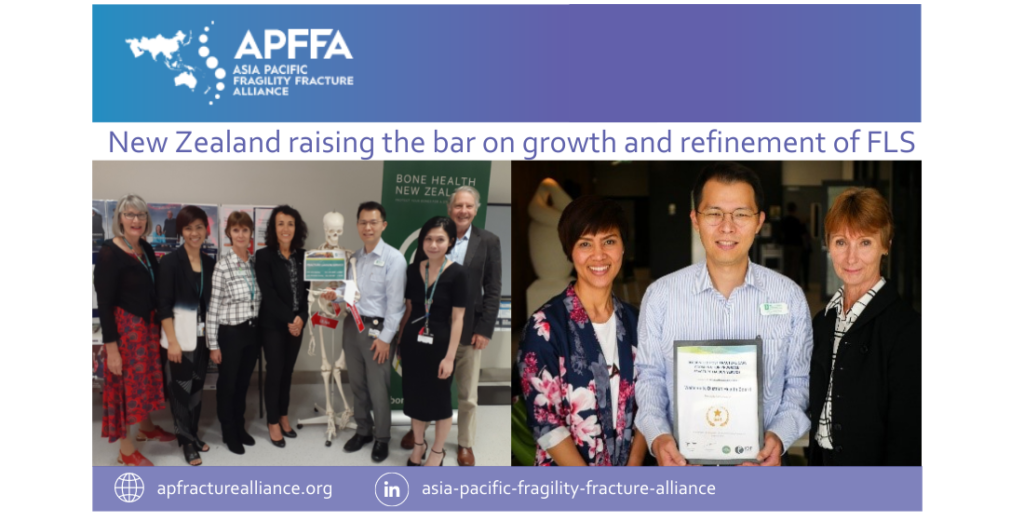Vertebral fracture: epidemiology, impact & use of DXA vertebral fracture assessment in FLSs: Position paper by the IOF Fracture Working Group
The global presence of vertebral fractures is estimated to be as high as 25 to 50 per cent in those aged 50+, with the highest age-standardised rates evident in South Korea, Hong Kong and the United States, respectively. Despite these high prevalence rates, most vertebral fractures remain ‘clinically silent’, with only 30 to 40 per cent brought to medical attention, often identified coincidentally following routine imaging.
A recent position paper by the International Osteoporosis Foundation (IOF) Fracture Working Group published in Osteoporosis International, reveals the clinical significance of vertebral fractures and the benefits of implementing routine vertebral fracture assessments (VFA) in fracture liaison services (FLSs).
Vertebral fracture assessment (VFA), a development of the DXA technology, allows for assessment of the lateral spine during regular DXA bone mineral density (BMD) measurement of the lumbar spine and hips. The current, conventional practice for initial vertebral fracture assessment involves the use of spinal radiographs and images taken from the anteroposterior (AP) and lateral views of the thoracic and lumbar spine.
Although VFA is currently underutilised globally, there are emerging indications for vertebral fracture assessment by DXA. The IOF-ESCEO recently provided European guidance for the diagnosis and management of osteoporosis in postmenopausal women, including recommendations on the use of VFA in high-risk individuals. The International Society for Clinical Densitometry (ISCD) has also provided recommendations in their adult Official Position Statement 2019 on defining and reporting fractures on VFA.
To date, only a small number of studies have been performed that explore the additional value of VFA in patients with a fragility fracture and a DXA measurement. A UK FLS study found one-in-four patients presenting with a non-vertebral fragility fracture, also had an undiagnosed vertebral fracture. Furthermore, only 49.5 per cent of those with undiagnosed vertebral fractures had BMD measurements diagnostic of osteoporosis, demonstrating the potential for further refining risk assessment using VFA.
A 2017 Dutch study evaluating the impact of a new local guideline on the systematic use of VFA in addition to DXA, in patients with a recent non-vertebral fracture, revealed a significant increase in the use of VFA, the diagnosis of vertebral fractures, and the percentage of patients eligible for treatment. The diagnosis of grade 1 vertebral fractures increased from 2.2 to 26.2 per cent, and from 0.9 to 14.7 per cent for grade 2. As a result of including patients with osteopenia and a vertebral fracture in the new guideline, there was a significant increase (25 per cent) in patients eligible for antiosteoporosis drug-treatments.
Local and national policy regarding the criteria for treatment with antiosteoporosis medications dictates whether DXA-VFA can change management decisions in FLS. The European guidance published by IOF-ESCEO has set out new approaches to the stratification of treatment by baseline fracture risk. For those considered high-risk, antiresorptive therapy, such as bisphosphonates, may be recommended. However, for those at very high risk (which could be reached through the detection of a vertebral fracture), an anabolic-first strategy may be employed.
According to Professor Nicholas Harvey, co-author and Chair of the IOF Committee of Scientific Advisors, the position paper documents the substantial potential for the improved detection of vertebral fractures within FLS.
“The findings are perfectly synergistic with recent guidelines from IOF and ESCEO, which set out a personalised medicine approach to treatment based on level of fracture risk. VFA thus offers a useful tool in the FLS with which to further characterise risk, and so select the most appropriate treatment for an individual patient.”
This position paper reveals that in an FLS setting, VFA could be used to further refine risk assessment, inform treatment decisions, and allow treating physicians to classify any subsequent fractures reliably as incident, rather than as a prior event, which is vital to optimal treatment monitoring.





